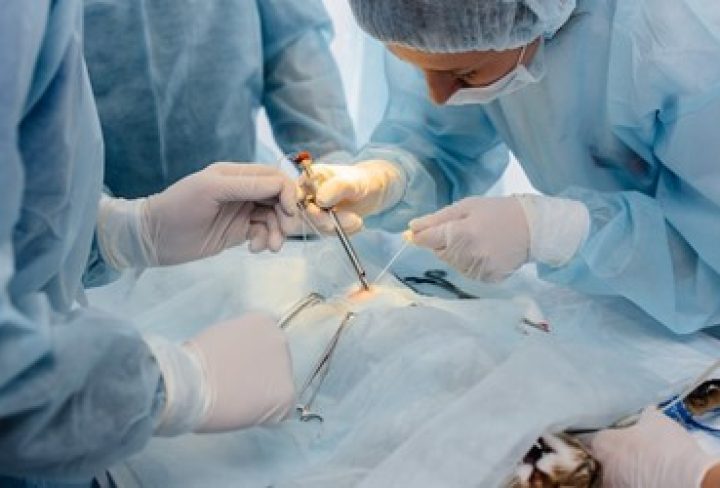Knee replacement surgery, also referred to as knee arthroplasty or total knee replacement, is a surgical intervention designed to address knee damage caused by arthritis.
In this procedure, metal and plastic components are used to resurface the ends of the bones that compose the knee joint, including the kneecap. Typically, knee replacement is considered for individuals experiencing severe arthritis or a significant knee injury.
Types of Arthritis Affecting the Knee Joint
Various forms of arthritis can impact the knee joint, and knee replacement surgery serves as a solution to alleviate pain and enhance mobility. These arthritis types include:
- Osteoarthritis
- Rheumatoid arthritis
- Traumatic arthritis
Indications for Knee Replacement Surgery
Knee replacement surgery is primarily recommended for individuals suffering from knee pain and disability, primarily due to osteoarthritis.
Symptoms include:
- Breakdown of joint cartilage
- Restricted movement
- Pain
Severe degenerative joint disease can impede everyday activities like walking and climbing stairs.
Alternatives to Knee Replacement
Before considering knee replacement surgery, patients may explore alternative treatments such as anti-inflammatory medications, physical therapy, pain management, assistive devices (like canes), and weight loss (for those who are overweight). However, when these treatments are insufficient, knee replacement becomes a viable option.
Preparation for Knee Replacement
- You may be asked about your medical history and undergo a physical examination.
- Notify your doctor of medication allergies, sensitivities, or any bleeding disorders.
- If you take anticoagulant medications or aspirin, your doctor might advise discontinuation.
- You may be asked to fast for eight hours before surgery and should arrange for assistance at home following hospital discharge.
The Knee Replacement Procedure
Knee replacement surgery generally occurs under general anesthesia, rendering the patient unconscious during the procedure. The surgery process involves:
- Incision over the knee area
- Removal of damaged knee joint surfaces
- Resurfacing of the joint with a prosthetic implant, typically comprising metal and plastic components
Recovery and Post-Operative Care
Post-surgery, patients spend several days in the hospital. Early movement of the new joint is vital for recovery. Physical therapy commences soon after surgery, potentially involving a continuous passive motion (CPM) machine. Patients are discharged with a physical therapy plan and are encouraged to maintain the cleanliness of the surgical area.
Knee replacement surgery is a transformative solution for those suffering from debilitating knee joint issues. It offers the promise of pain relief, improved mobility, and an enhanced quality of life.


